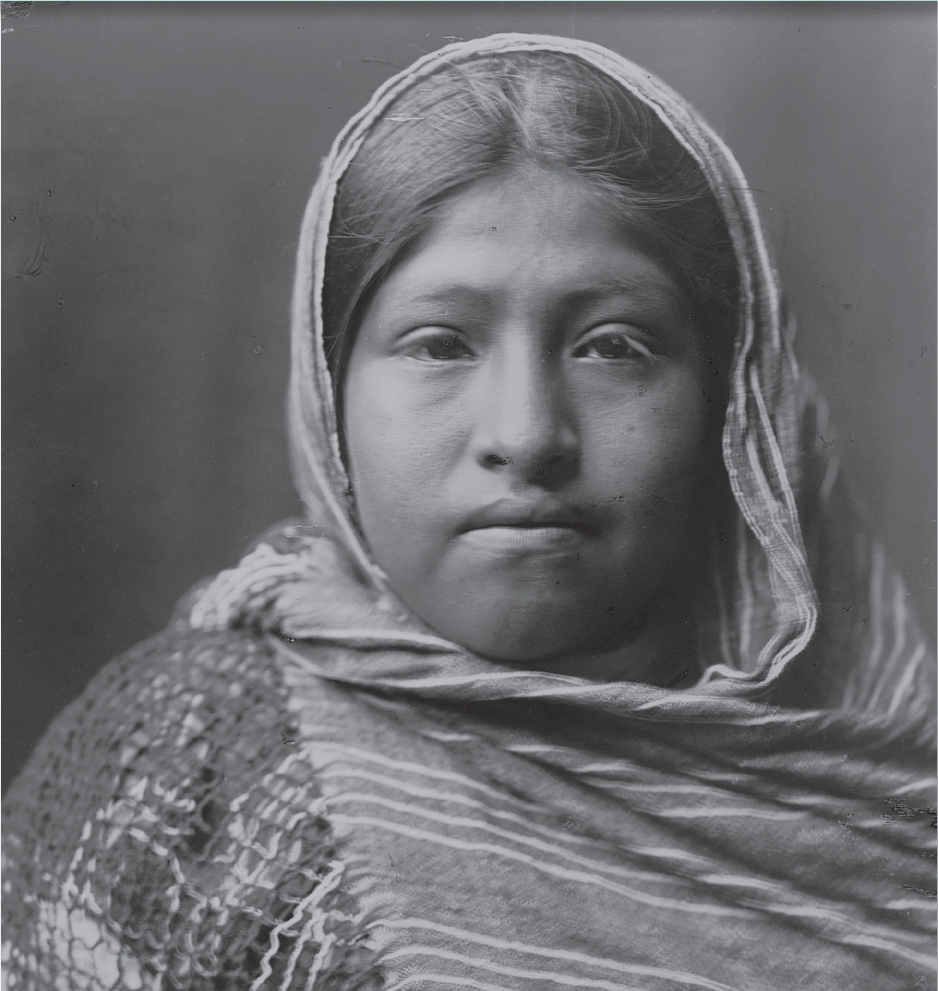A History of World Societies:
Printed Page 817
A History of World Societies Value
Edition: Printed Page 827
Introduction for Chapter 27
27
The Americas in the Age of Liberalism
1810–1910

The independence of new nations in the Americas ushered in an era of striking change and stubborn continuities. With the exception of Haiti, which experienced a profound social revolution, other American nations gained independence with their colonial social order mostly intact. In the United States, Cuba, and Brazil slavery endured until the second half of the nineteenth century, far longer than in Spanish America. In Spanish America land remained concentrated in the hands of colonial elites. The resulting poverty and marginalization of rural workers continued, and by the end of the nineteenth century these conditions had intensified in many regions. As new nations consolidated, the patterns of where and how people lived changed profoundly. Territorial expansion displaced most of the indigenous communities that had withstood the colonial era. By 1900 millions of immigrants from Europe, the Middle East, and Asia had settled in the Americas.
New political systems and governing institutions emerged quickly in the United States, Canada, and Brazil, while in much of the rest of the continent political rivals struggled to share power. Liberal, constitutional republicanism emerged as the most common form of government. But there were exceptions, such as the monarchy that ruled Brazil for much of the century and the parliamentary system tied to Britain that developed in Canada. Across the Caribbean, Britain, France, Denmark, and the Netherlands retained their colonies. Spain struggled to suppress movements for independence in Cuba and Puerto Rico.
One of the greatest indicators of success for new nations in the Americas was the way in which they entered the global economy. Canada remained tied to an economically ascendant British Empire, and the United States managed to nurture internal markets and assume an influential place in both Atlantic and Pacific trade. Across Latin America, new nations with weak internal markets and often poorly consolidated political systems struggled to accumulate capital or industrialize.